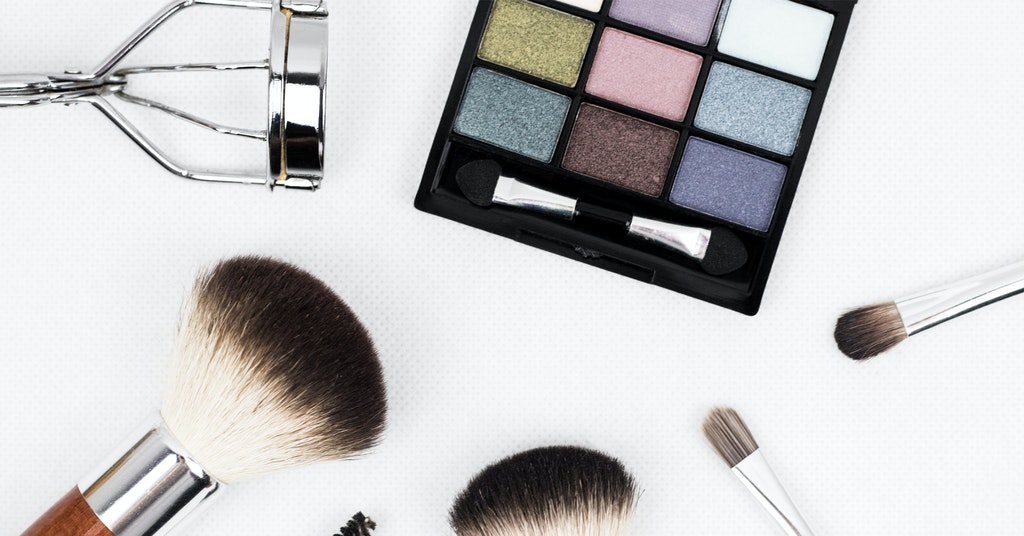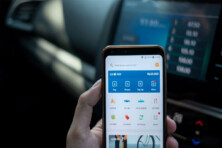Here are the most promising beauty tech trends in 2021 and beyond

Beauty tech: top 5 trends to watch out for. Source: pexels.com
Whether it’s right or wrong, beauty is a cornerstone of modern visual culture. Physical attractiveness plays an important role in practically every aspect of our social lives. Thus, a natural appearance today needs a lot of enhancements from the beauty industry. Even those who don’t use much makeup and decorative cosmetics still require skincare and haircare items to maintain their good looks. In the age of advanced technologies, beauty-lovers are becoming more and more demanding, forcing brands to employ all their inventiveness.
Beauty tech is a relatively new concept, yet, like other retail fields, it’s been redefined with the advent of the pandemic.
Personalisation
Mass market products may be cheaper, yet customers show a growing interest in customised solutions. According to Spate’s online search data, hair and nail care products are the most wanted personalised beauty items today. Brands are quick to meet the public demand, promising curated formulas that consider your specific hair type to achieve your personal hair goals. Mostly, the companies use only short surveys to determine the right shampoo type, but those wanting to outperform the competitors go further. For instance, Schwarzkopf Professional offers the Salonlab Smart Analyser. This handheld device allows the hairdresser to scan inside the hair structure through near-infrared technology. Its light sensors scan your hair’s inner and outer structure, moisture level, and true hair colour to create a digitised hair model. The SalonLab App then guides both the hairdresser and the client through the consultation and analysis process. That helps fully personalise both the in-salon experience and home care treatment.
Although personalised skincare and makeup are further down on the online browsing list, that doesn’t mean people will not appreciate it. Thus, L’Oreal Group consultants use the Lancôme ShadeFinder device to help customers find their perfect foundation shade among 22,500 color tones available. In-store assessment allows to blend the personalised foundation right at the counter. The technology is based on AI. The algorithm analyses skin tone on three different face parts to find the exact match. These insights help the company to identify where they should expand the range of foundations.
Last year, L’Oreal also announced plans to launch a digital version of its ShadeFinder. At this time, the online tool analyses your skin tone based on a questionnaire and offers suitable variants from the available tones. However, as the company’s representatives are claiming, as soon as the algorithm is refined, they’ll be able to customise foundations for online users as well. Another AI personalisation tool employed by L’Oreal is SkinConsult AI that measures skin aging using your selfie and delivers a personalised skincare prescription. The similar Skin Genius tool recommends ingredients, products, and care routines that will work for you.
Virtual try-on
While bricks-and-mortar cosmetics stores keep closing during every next pandemic peak, people are requiring quality online assistance more than ever. Online beauty consultations are only part of the equation. Choosing most beauty products also needs testing and trying it on. Here is when AR comes into play. It may not give a 100% accurate picture, but it’s pretty close to reality and very fun to use. Thus, virtual try-on apps are changing the beauty landscape.
Again, L’Oreal Group is one of the leaders in the field. Its Virtual Try On desktop tool uses the webcam image or an uploaded picture to test the shades of brand lipsticks, foundations, mascaras, eyeliners, eye shadows, and other products. The same try-on tool works for their Maybelline New York brand. It’s based on Modiface’s AR technology that provides quite a realistic look. The Virtual Hair Advisor allows you to experiment with hairstyles and colors without ever spoiling your real image. The tool is available both on the website and in-app.
Sephora also leverages AR for both in-store and in-app makeup trials. Sephora’s proprietary app has an AR extension called Virtual Artist. It uses facial recognition technology to allow the client to virtually try on makeup products. The app then provides online links for the chosen shades of products, or gives instructions on where they can be found in store. Meanwhile, its bricks-and-mortar locations feature 3D augmented reality mirrors, able to scan and save your samples directly into the app.
Chanel has launched the new Lipscanner app, which allows you to find the product that matches any source of visual inspiration. You can scan your dress, a handbag, an Instagram post, a page from a magazine, or even someone’s lips, and the app will identify the matching shade and correct texture. Once you’ve found your perfect match, use the virtual try-on feature to test out the product, snapping a selfie for future reference.
Makeup printing
3D printers may create practically any physical object. Why not print your own makeup then? In 2019, the beauty industry welcomed Mink – the world’s first 3D portable makeup printer that instantly transforms any image into wearable makeup. Users can upload an image to their Mink app and get the necessary makeup palette in seconds. The shelf life of the printed pigments can last about two weeks when kept covered in their original plastic film. The handy device was first presented in 2014 at the TechCrunch Disrupt conference and finally was available for pre-order after 5 years of development and refinement. Yet, at this time it’s unavailable for purchase, with a promise to come back later this year.
Moda printer goes a step further and prints a ready-made look right on your face. The device uses facial scanning and 2,000 superfine nozzles that dispense makeup directly onto the skin. The MODA App includes dozens of constantly updated star looks for you to try on. Customers can also use the “Uniquely You” mode to get a recommendation of looks that suit your facial features. The proprietary facial-mapping software and biometric lens then analyse facial landscapes and pigmentation to seamlessly customise makeup to your unique features. The company has yet to release any information on what a machine will cost, or when it would become available.
P&G is preparing a similar tech solution honored by CES 2020 Innovation Award Product called Opte. This “magic” Opte Wand digitally scans the skin, analyses the person’s complexion, and camouflages age spots, sunspots, and hyperpigmentation on contact, while fading their appearance over time. Basically, the device is a handheld thermal inkjet printer with 120 nozzles, plus a camera that captures skin pictures.
In mass makeup production, 3D printers now help to skip some steps within the package design process. With this cutting-edge technology, beauty brands can validate new designs in days instead of months.
Sustainability
Young beauty shoppers feel personally connected to social causes. Therefore, brands need to highlight the social and environmental impacts of their production. Transparency and traceability can be achieved via modern technologies. Thus, the recent Beauty Tech Live Virtual Expo showcased AI-powered real-time analytics from the Italian company Antares Vision that enables beauty products to feature a unique QR code allowing brands to trace a product’s entire cycle and calculate its carbon footprint. Some brands are already using the information collected to communicate aspects of their sustainability agenda, whereas, with luxury beauty brands, the company’s traceability technology is still mainly used to fight counterfeits and maintain quality control.
In 2019, Seqens (formerly known as Novacap) introduced the first blockchain, focused on the traceability of cosmetic ingredients. The proprietary platform makes it possible to track the journey of the company’s organic-certified cosmetic actives, from the receipt of the raw materials to the release of the product to be delivered to the customer. ACT4S.com offers real-time monitoring of each active allowing customers to audit their beauty products.
Contactless and virtual application
Covid-19 brought new challenges to beauty professionals including testing new fragrances safely. Therefore, a few companies have already offered new contactless solutions.
Scentys has recently introduced a contactless fragrance discovery diffusion technology and a personalised, connected smart fragrance diffusion system. A voice command option is compatible with Amazon’s Alexa voice service. In addition, all the fragrance diffusion devices are equipped with Bluetooth and wifi. A dedicated smartphone application allows one to control and program fragrance diffusion in a single step, either on-site or remotely. That makes the technology applicable to both beauty stores and home comfort brands that deal with fragrances.
Hermès’ H24 fragrance sampler was made contactless as well. Luxury consumer experience agency Byzance has integrated a fragrance diffuser with a contactless sensor while designing this new solution. When the sensors or capacitive triggers are activated, the diffusion of the scent happens thanks to a cartridge, clipped over a fan, that contains polymer beads encapsulated with a pure perfume concentrate.
However, the most contactless makeup application is the one that doesn’t involve wearing real cosmetics. So-called “e-makeup” is especially suitable now when most work and meetings are remote. People would like to look better before their virtual audience without applying real makeup. Hence, the popularity of filters and artistic make-up looks to enhance your digital self. For example, ines alpha creates beautiful 3D makeup series you can use with AR. The artist is even collaborating with famous brands like Dior.
SEE ALSO:








